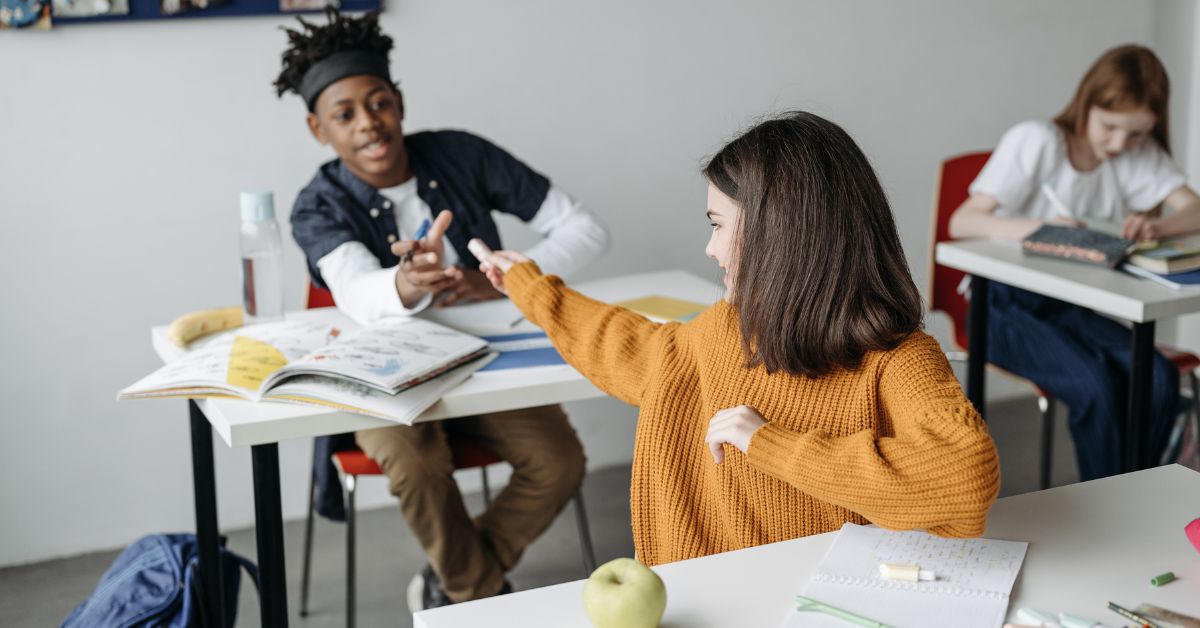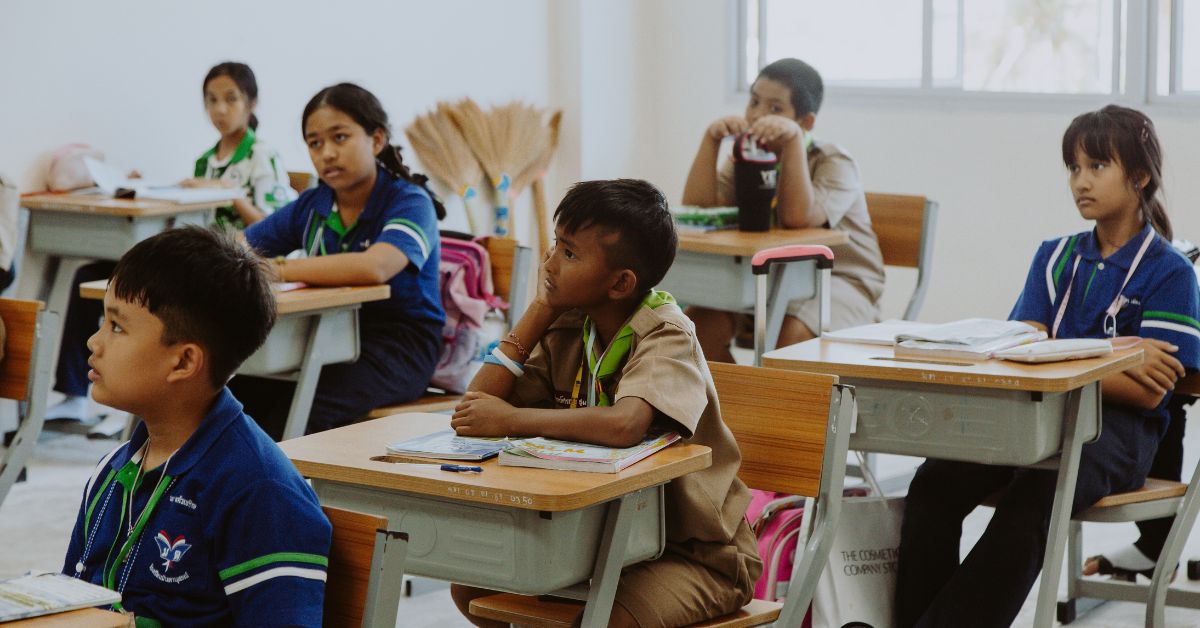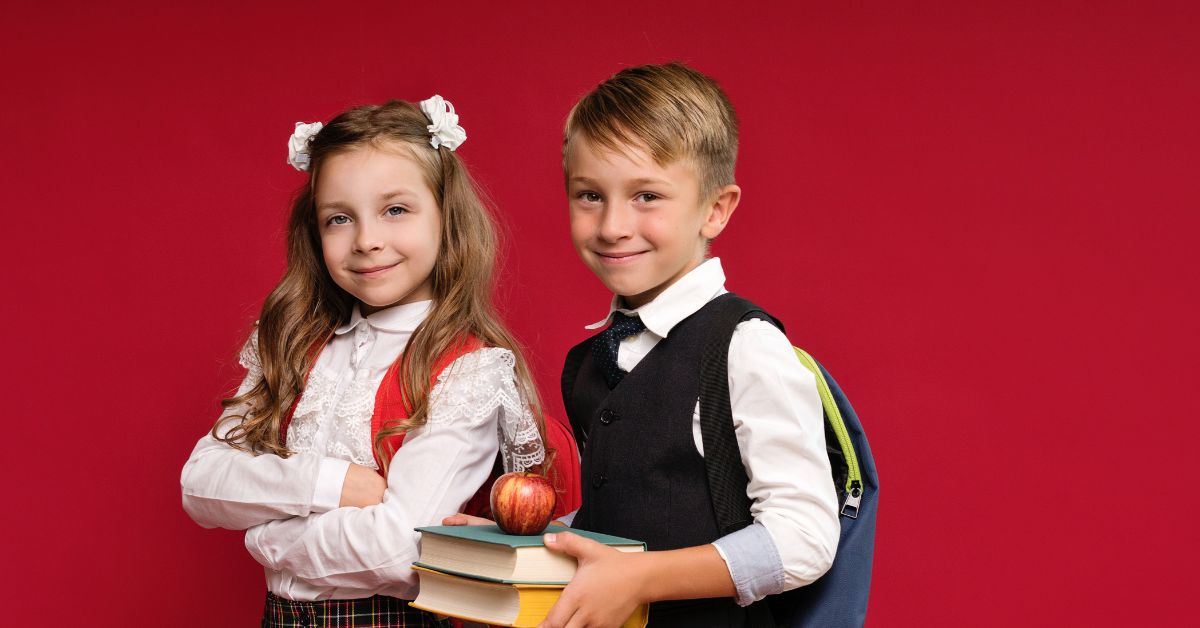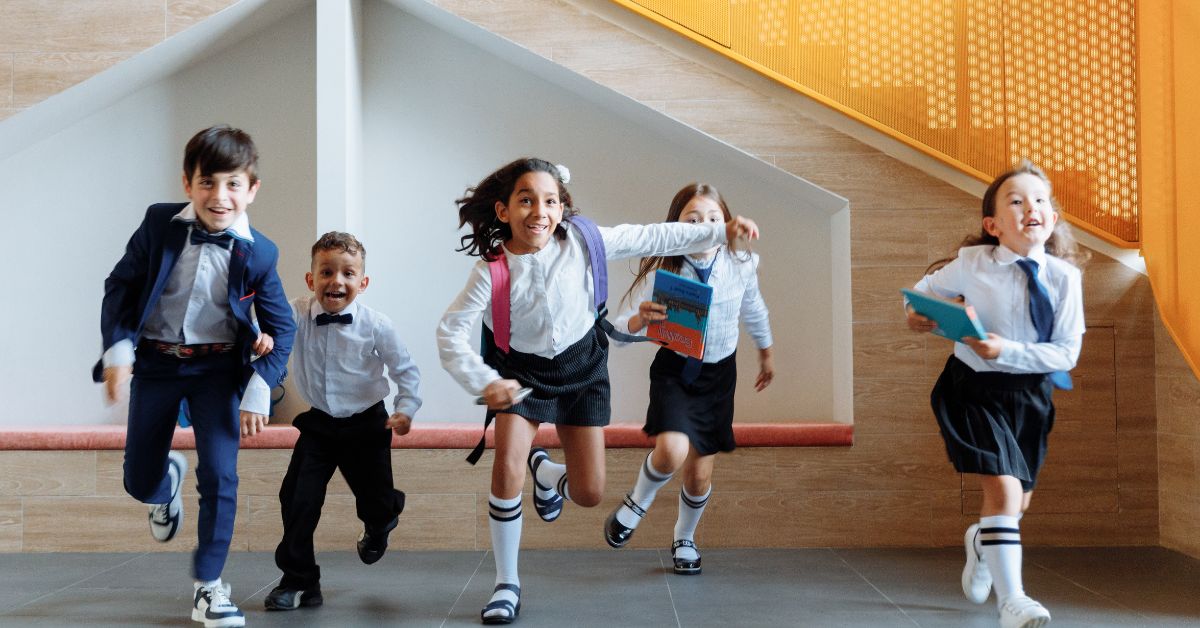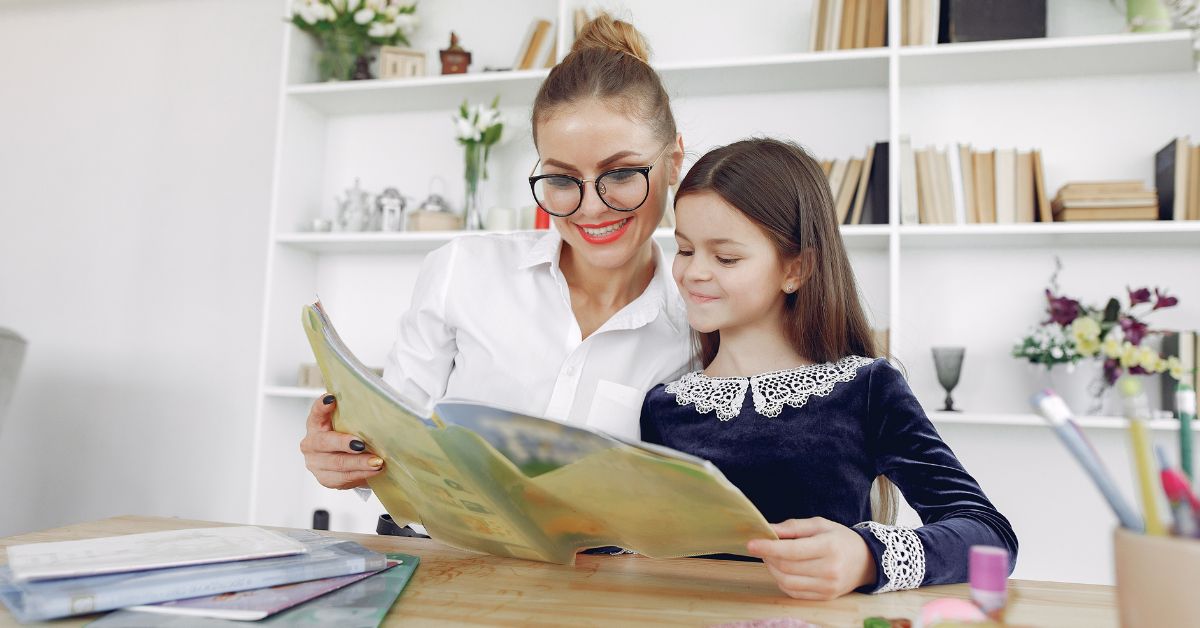In today’s classrooms, something powerful is happening—and it doesn’t come from textbooks or lectures. It comes from students learning from each other.
Peer learning in schools is quickly gaining momentum as an educational strategy that improves academic results and helps students feel more confident, engaged, and motivated. Instead of competing, students collaborate—and that’s changing everything.
Whether it’s in small groups, partner projects, or peer tutoring, here’s how peer learning is giving students a real edge.
What Is Peer Learning?
Peer learning refers to students working together to understand, explain, or apply what they’re learning—without relying solely on a teacher.
Common forms of peer learning in schools:
- Peer tutoring (one student helps another)
- Group projects and problem-solving
- Study buddies or accountability partners
- Peer editing in writing and literacy tasks
Unlike traditional learning, it turns the classroom into a two-way street where students both teach and learn.
How Peer Learning Boosts Grades?
1. Reinforcement Through Teaching
Students who explain concepts to their peers often understand them better themselves. It’s known as the “learning by teaching” effect.
2. Faster Clarification
Students may feel more comfortable asking a peer for help than interrupting a teacher. This removes learning barriers and reduces confusion faster.
3. Practice Makes Perfect
Group work allows for repeated practice of skills in a supportive setting—great for subjects like math, reading, and science.
4. Immediate Feedback
Peers can provide instant feedback, allowing for quick corrections and learning in real time.
Result: Students involved in peer learning often score higher on tests, perform better on assignments, and retain information longer.
Confidence Boosting Benefits
Confidence plays a massive role in how well students perform. Here’s how peer learning in schools supports emotional and social growth:
- Less fear of failure – It’s less intimidating to make mistakes around peers than in front of the whole class
- Positive reinforcement – Encouragement from classmates feels relatable and meaningful
- Leadership development – Students who help others build self-esteem and communication skills
- Social belonging – Working with peers fosters connection, reducing feelings of isolation or anxiety
Many students who struggle with traditional learning environments thrive when given the chance to collaborate and contribute in small peer groups.
Real-Life Impact: What the Research Says
| Study/Source | Key Finding |
|---|---|
| Education Endowment Foundation (UK) | Peer tutoring improves academic performance by up to 5 months |
| Journal of Educational Psychology (APA) | Students teaching peers scored significantly higher on tests |
| Harvard Graduate School of Education | Peer collaboration boosts classroom engagement and effort |
These results show that peer learning isn’t just a trend—it’s an evidence-backed method that leads to real progress.
How Schools Are Using Peer Learning Today?
Many schools are weaving peer learning into their curriculum in creative ways:
- Peer Mentorship Programs: Older students mentor younger ones on academics and life skills
- Collaborative Learning Stations: Small groups rotate through hands-on, discussion-based learning activities
- Writing Workshops: Students edit each other’s work, improving grammar, structure, and clarity
- STEM Labs: Group-based problem solving with real-world challenges
Even virtual classrooms are adopting peer learning via breakout rooms, shared documents, and group discussion forums.
Challenges and How to Overcome Them
While peer learning has clear benefits, it also comes with potential challenges:
| Challenge | Solution |
|---|---|
| Unequal participation | Assign clear roles or responsibilities |
| Miscommunication or confusion | Train students in active listening and respectful feedback |
| Off-topic discussions | Set goals and time limits for peer activities |
| Knowledge gaps between peers | Pair students strategically and offer teacher oversight |
With the right structure and guidance, these obstacles can be minimized—and the benefits maximized.
Conclusion: A Smarter Way to Learn—Together
Peer learning in schools is more than a classroom strategy—it’s a shift toward collaboration, confidence, and deeper understanding.
By empowering students to learn from each other, schools are unlocking new ways to build academic skills, social confidence, and a love of learning.
Whether you’re a teacher, parent, or student—embracing peer learning could be the secret to unlocking true potential.
FAQs
Q1. Is peer learning better than traditional teaching?
Not necessarily better—but it complements traditional teaching by reinforcing learning and boosting engagement.
Q2. Can peer learning help struggling students?
Yes! It offers personalized support, encourages questions, and builds confidence in a low-pressure setting.
Q3. How do schools ensure peer learning is effective?
By providing structure, training, and guidance to ensure all students benefit from the experience.

